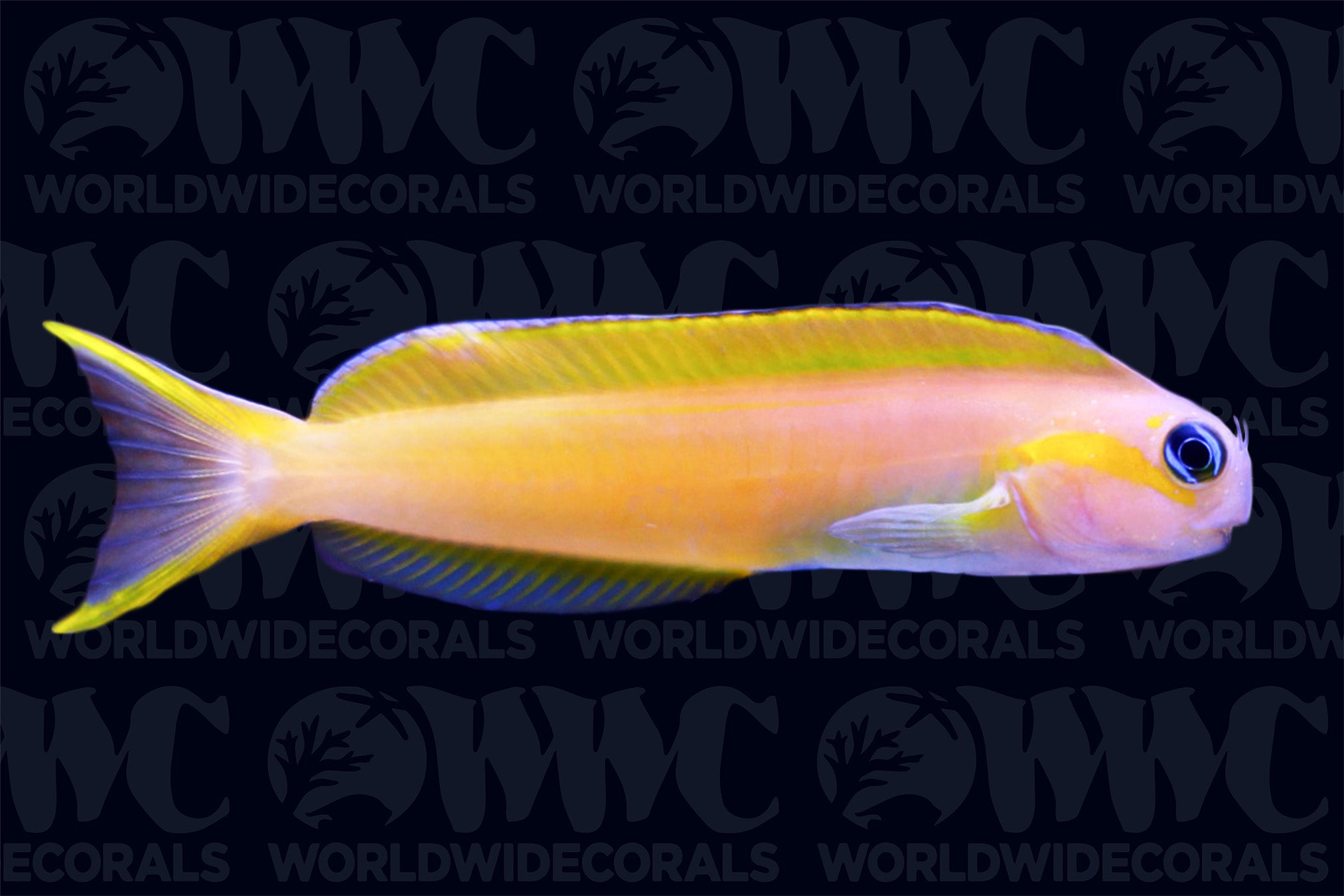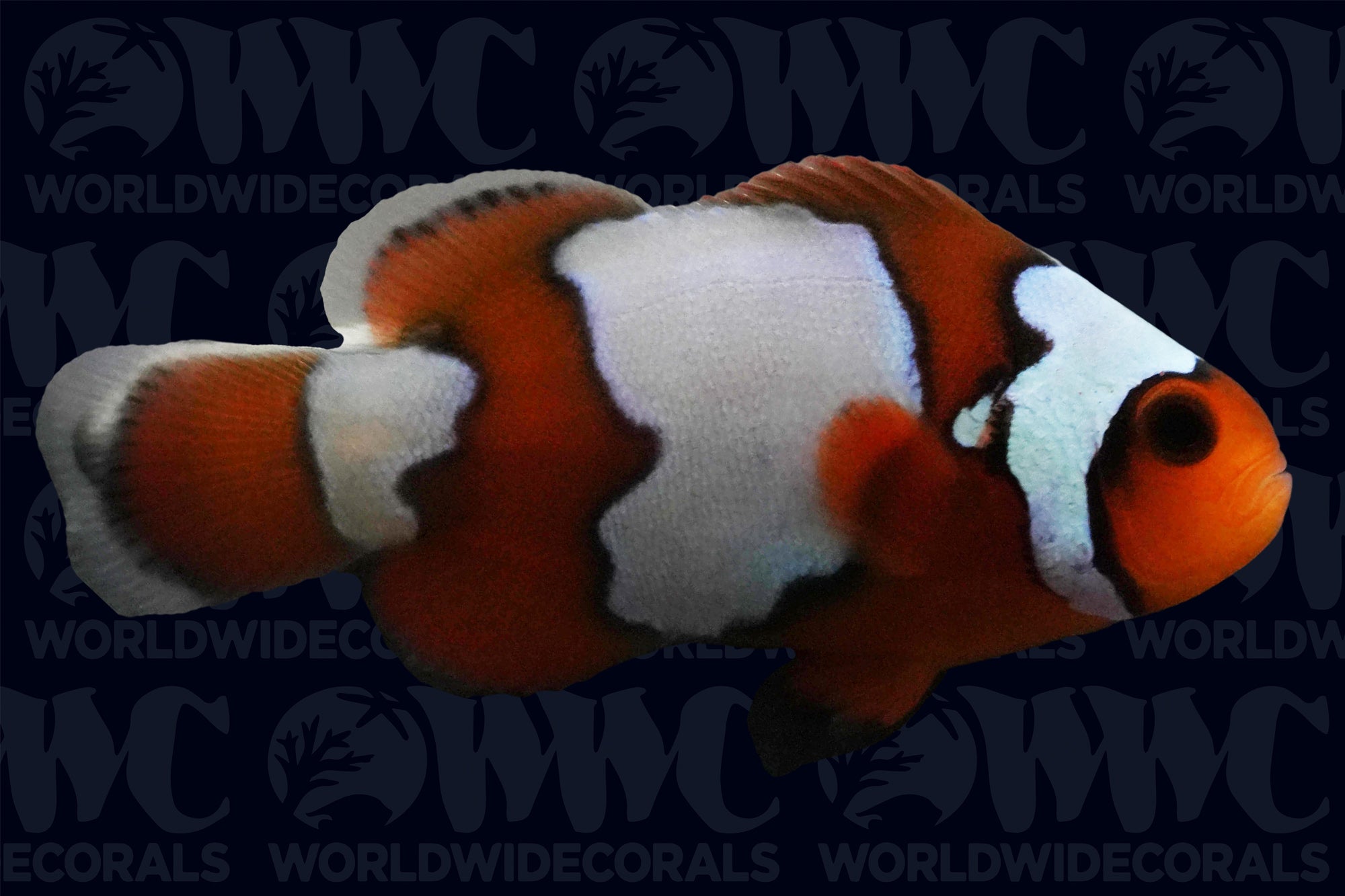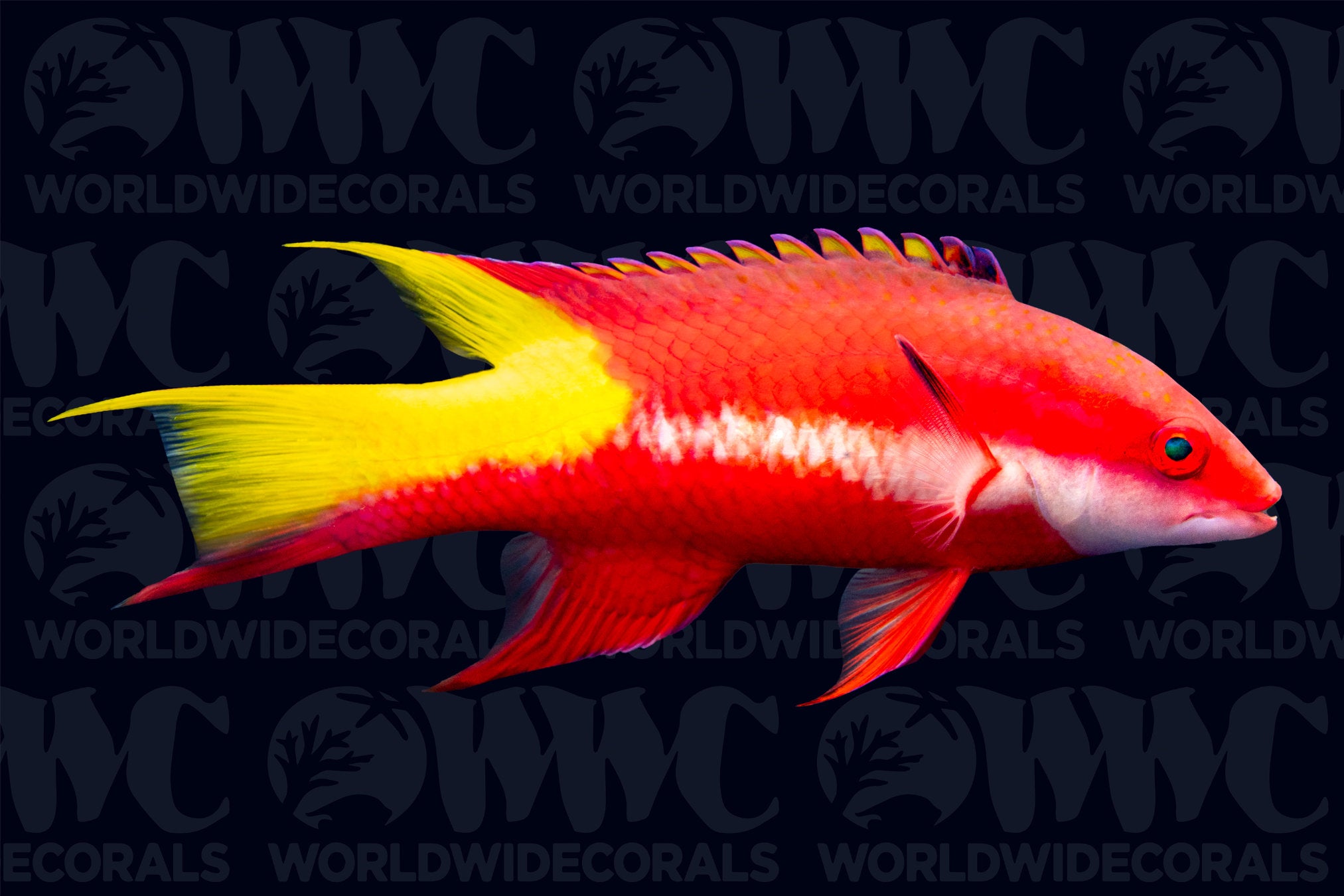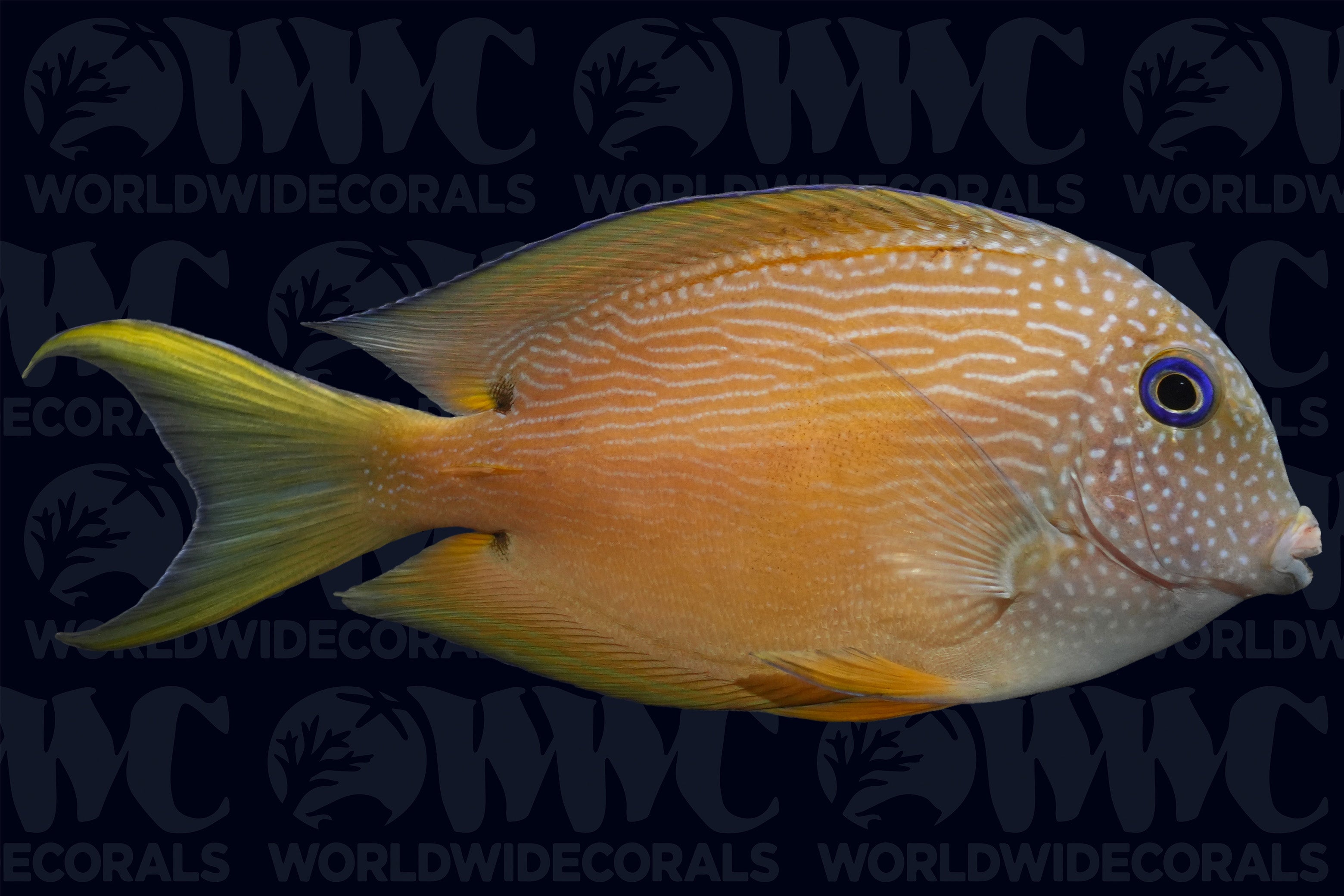Description
Calloplesiops altivelis
Groupers are predatory fish that will eat anything that they can fit into their mouths. The Marine Betta is a stunning fish and a great choice for your expert hobbyists. This predator has a large spot near its caudal fin that resembles a false eye that is used to confuse its prey. They are nocturnal, so be sure to provide lots of places this grouper can hide in during the day and feed with the lights off. The Marine Betta is considered reef safe since they will not bother corals or anemones, but use caution if housing with small crustaceans because the Marine Betta may make a snack out of them. Be aware Marine Bettas are not the best swimmers, so strong flows may stress them out. They may not eat frozen foods right away, so try enticing them with live feeder shrimp or black worms then they will slowly begin to eat frozen foods daily. The Marine Betta will grow to be about 8 inches in size and will need an aquarium of at least 50 gallons. They inhabit caves and crevices of reefs near drop-offs in the Indo-Pacific up to 50 meters deep.
Groupers are predatory fish that will eat anything that they can fit into their mouths. The Marine Betta is a stunning fish and a great choice for your expert hobbyists. This predator has a large spot near its caudal fin that resembles a false eye that is used to confuse its prey. They are nocturnal, so be sure to provide lots of places this grouper can hide in during the day and feed with the lights off. The Marine Betta is considered reef safe since they will not bother corals or anemones, but use caution if housing with small crustaceans because the Marine Betta may make a snack out of them. Be aware Marine Bettas are not the best swimmers, so strong flows may stress them out. They may not eat frozen foods right away, so try enticing them with live feeder shrimp or black worms then they will slowly begin to eat frozen foods daily. The Marine Betta will grow to be about 8 inches in size and will need an aquarium of at least 50 gallons. They inhabit caves and crevices of reefs near drop-offs in the Indo-Pacific up to 50 meters deep.
3 DAY GUARANTEE | Hassle Free | 100% Satisfaction | Online Orders Only



























